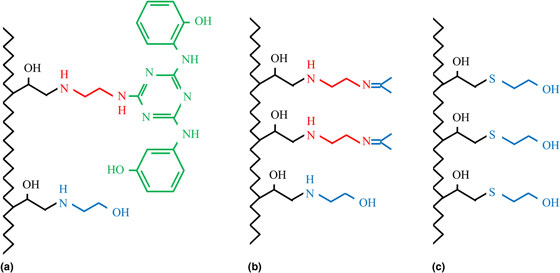Crossref Citations
This article has been cited by the following publications. This list is generated based on data provided by
Crossref.
Islam, Tuhidul
Naik, Amith D.
Hashimoto, Yasuhiro
Menegatti, Stefano
and
Carbonell, Ruben G.
2019.
Optimization of Sequence, Display, and Mode of Operation of IgG-Binding Peptide Ligands to Develop Robust, High-Capacity Affinity Adsorbents That Afford High IgG Product Quality.
International Journal of Molecular Sciences,
Vol. 20,
Issue. 1,
p.
161.
Xue, Aiying
and
Fan, Saijun
2022.
Matrices and Affinity Ligands for Antibody Purification and Corresponding Applications in Radiotherapy.
Biomolecules,
Vol. 12,
Issue. 6,
p.
821.
Nath, Arijit
Zin, Moh Moh
Molnár, Máté András
Bánvölgyi, Szilvia
Gáspár, Igor
Vatai, Gyula
and
Koris, András
2022.
Membrane Chromatography and Fractionation of Proteins from Whey—A Review.
Processes,
Vol. 10,
Issue. 5,
p.
1025.
Ratnaningsih, Enny
Kadja, Grandprix T. M.
Putri, Rindia M.
Alni, Anita
Khoiruddin, Khoiruddin
Djunaidi, Muhammad C.
Ismadji, Suryadi
and
Wenten, I. Gede
2022.
Molecularly Imprinted Affinity Membrane: A Review.
ACS Omega,
Vol. 7,
Issue. 27,
p.
23009.
Rusli, Handajaya
Putri, Rindia M.
and
Alni, Anita
2022.
Recent Developments of Liquid Chromatography Stationary Phases for Compound Separation: From Proteins to Small Organic Compounds.
Molecules,
Vol. 27,
Issue. 3,
p.
907.
Chen, Guoqiang
Wan, Yinhua
and
Ghosh, Raja
2025.
Bioseparation using membrane chromatography: Innovations, and challenges.
Journal of Chromatography A,
Vol. 1744,
Issue. ,
p.
465733.
